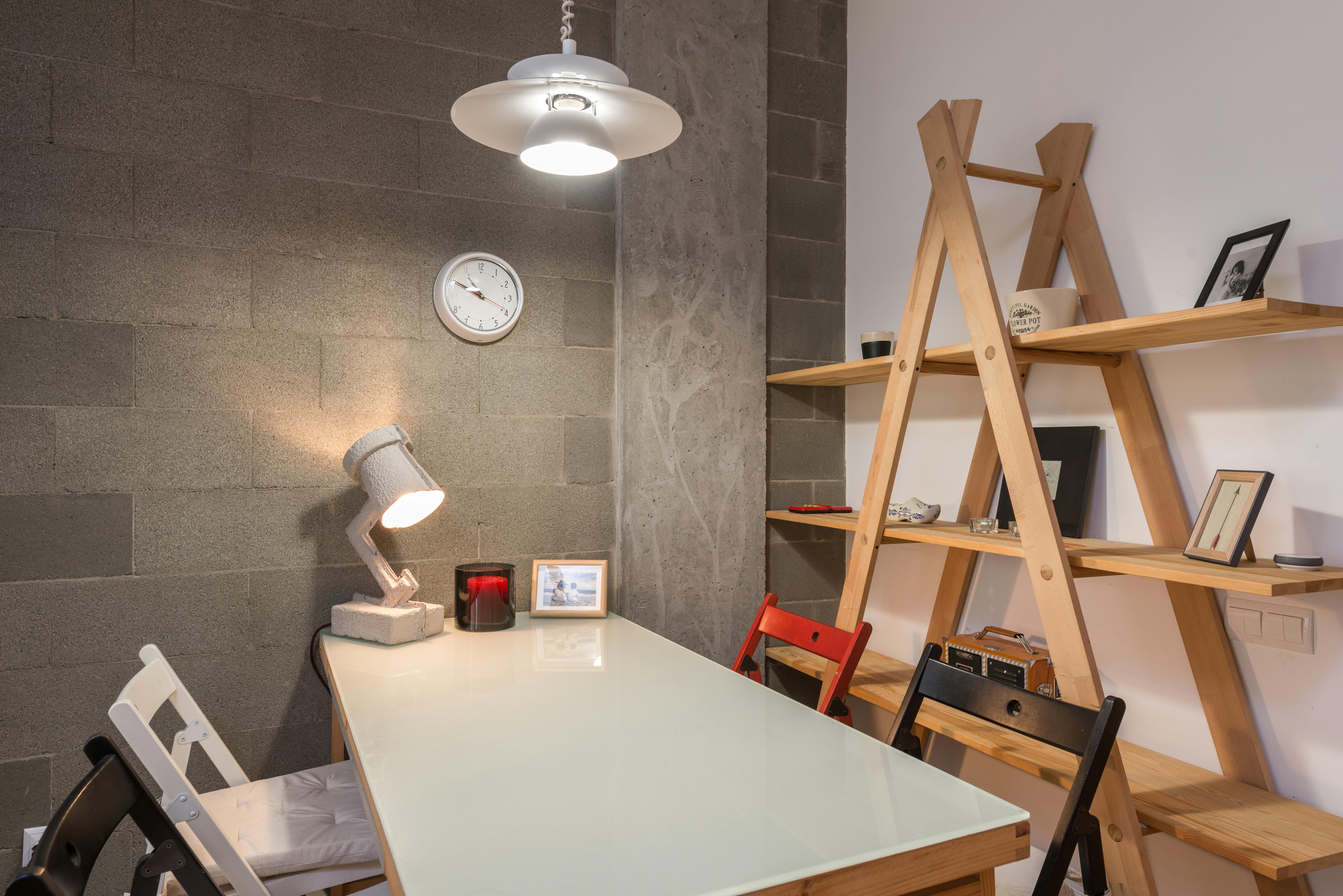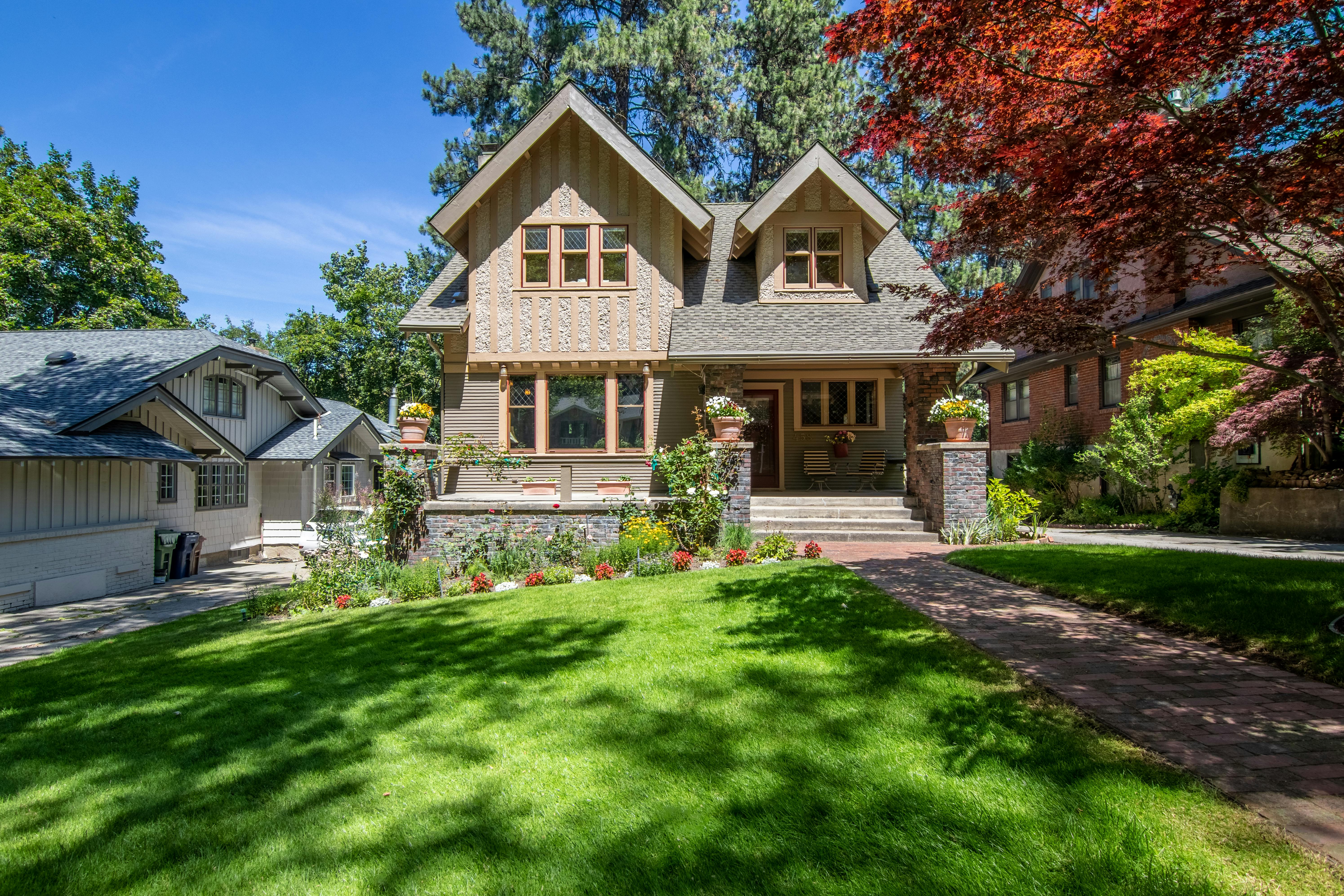Crowdfunding Real Estate in Australia seems like a spectacular idea. Australia is probably one of the last great frontiers for real estate crowdfunding. Most parts of the world already have crowdfunded real estate in some form. Australians love property and are 3 times more likely to invest in property than Americans. Everyone seems to be in on the property game in this country, but there are quite a few who are locked in as they don’t have enough capital to invest and enter the property space.
A real estate crowdfunding platform that allows you to invest small amounts and invest in specific projects of your choice is a winning idea. But it comes with a number of challenges.
The first thing is obviously regulation, under current Australian law you can only raise up to 2 million from 20 retail investors and make only 20 deals in a year. And there are significant restrictions around promotions. If you want wholesale investors to participate in the financing of your project, it is kosher, but the fact is that wholesale investors are not short of investment opportunities. They can do everything a real estate crowdfunding platform can claim to do and cut out the middleman in the process. A real estate crowdfunding platform for wholesale investors only makes no sense for the simple reason that wholesale investors are not interested in crowdfunding. Crowdfunding is a retail investor game.
The second issue is that if you are going to offer people the opportunity to invest in a home, the essential offer is to invest in capital growth and rental returns. But there is a significant amount of paperwork to make an investment offer possible and the cost of compliance means a couple of percentage points are shed from the return. Assuming a capital growth rate of 6-7% and a rental yield of 4.5%, the available rental yield is just above 3-3.5% and capital growth is meaningless until the house is sold. 3 to 3.5% is better than the cash rate a bank would offer, but not enough to get even a retail investor out of bed. Most real estate crowdfunding platforms are learning this the hard way: people want to invest in property online, but they also want big returns.
In general, development projects last between one year and four years and can offer returns of around 20%. But an investor must look at the offering documents to learn the details of a deal. Investors must observe checks and balances to ensure that their interests are secured and that the offers that are submitted are of only the highest quality.
When Australians start investing in property, leverage is a key factor on the road to building a real estate empire. Most people start with a house, then after paying off the mortgage for a few years and once enough equity has been built up, they withdraw a portion of it by taking a loan against it, and then invest to put a deposit against the next. property. Most banks think of property as a safe asset and are willing to lend up to 80-90% of its value.
The great idea of investing in Fractional Ownership and even Real Estate Investment Trusts loses steam because it is a financial investment and most banks don’t see it the same as owning a home. Which means leverage is out of the picture. With the option to withdraw capital out the window, the premise of potentially negative cash flows and very low rental yields suddenly seems like a dead duck in the water.
On the real estate crowdfunding platform, investors can also select development projects to invest for themselves. There are essentially two ways to invest in a Development project. One is Debt and the other Equity.
Most of the development projects get a large part of their project financed by banks and the rest is financed with private money or second mortgage capital. If a real estate crowdfunding platform provides financing instead of a second mortgage, the returns after platform fees will be 6% to 12% per year. This is a decent return for retail investors, but the second mortgage has little security. An early-stage crowdfunding real estate platform may not always have the ability to litigate for rights for years should a project fail.
So if you’re going to take a risk, why not get the corresponding returns in the form of an equity position where you get rights to share in the profits? However, the risk is that profits are what is left of income after expenses. You can always have a shady developer/builder claiming thousand dollar doorknobs and leaving nothing in the profits to share. It will only take one bad actor to destroy the credibility of the platform.
Also, most developers want certainty in funding. They put down the deposit and then they want to know that they will receive funds, otherwise their neck in the line will come to settlement. While in the US projects are completed in hours, Australia’s market depth or understanding of the concept is minimal. Securing financing is not possible in the early days of a real estate crowdfunding platform.




